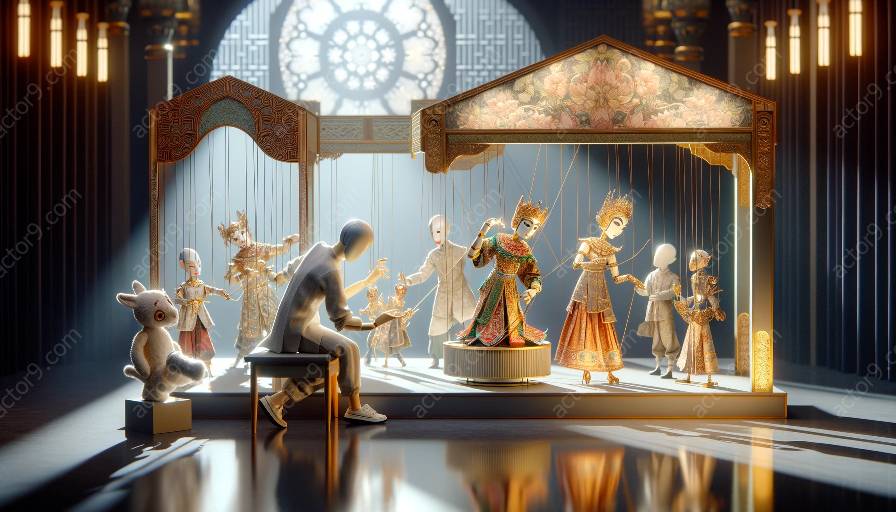Exploring the Influence of Cultural Differences on Puppetry and Mask Theatre: Puppetry and mask theatre are versatile performing arts with rich cultural influences.
Understanding Puppetry and Mask Theatre
To understand how cultural differences influence puppetry and mask theatre, it is essential to delve into the nature of these art forms. Puppetry involves the use of puppets, marionettes, or similar figures to convey a narrative or performance. Mask theatre, on the other hand, relies on the use of masks to create characters and convey emotions.
Cultural Variations in Puppetry
Across different cultures, puppetry takes on diverse forms, influenced by historical, religious, and social contexts. Traditional puppetry in Asia, such as Japanese Bunraku and Indonesian Wayang, reflects cultural myths, legends, and belief systems through intricate performances. The use of shadow puppets in Southeast Asia and hand puppets in Europe showcases the unique influence of cultural storytelling traditions.
Mask Theatre and Cultural Significance
In mask theatre, cultural differences play a pivotal role in defining the types of masks used, the performance styles, and the underlying symbolism. From the expressive masks of Greek theatre to the ritualistic masks of African traditions, each culture infuses its unique aesthetic and symbolic meanings into mask performances.
Impact on Acting and Theater
Cultural influences in puppetry and mask theatre extend to acting and theater, shaping the use of body language, storytelling techniques, and the portrayal of characters. In diverse cultural contexts, actors and puppeteers draw from their heritage to imbue performances with authenticity and depth, contributing to the richness of global theatrical expressions.
Collaborative and Fusion Performances
Furthermore, the interplay of diverse cultural influences has led to collaborative and fusion performances in puppetry and mask theatre. Contemporary artists and theater groups often integrate elements from various cultural traditions, creating innovative and hybrid productions that celebrate cultural diversity while pushing the boundaries of traditional art forms.
Conclusion
In conclusion, the influence of cultural differences on puppetry and mask theatre is profound and multifaceted. By embracing and understanding the cultural roots of these art forms, we gain a deeper appreciation for the global diversity of acting and theater, enriching the storytelling experiences for audiences and performers alike.















































